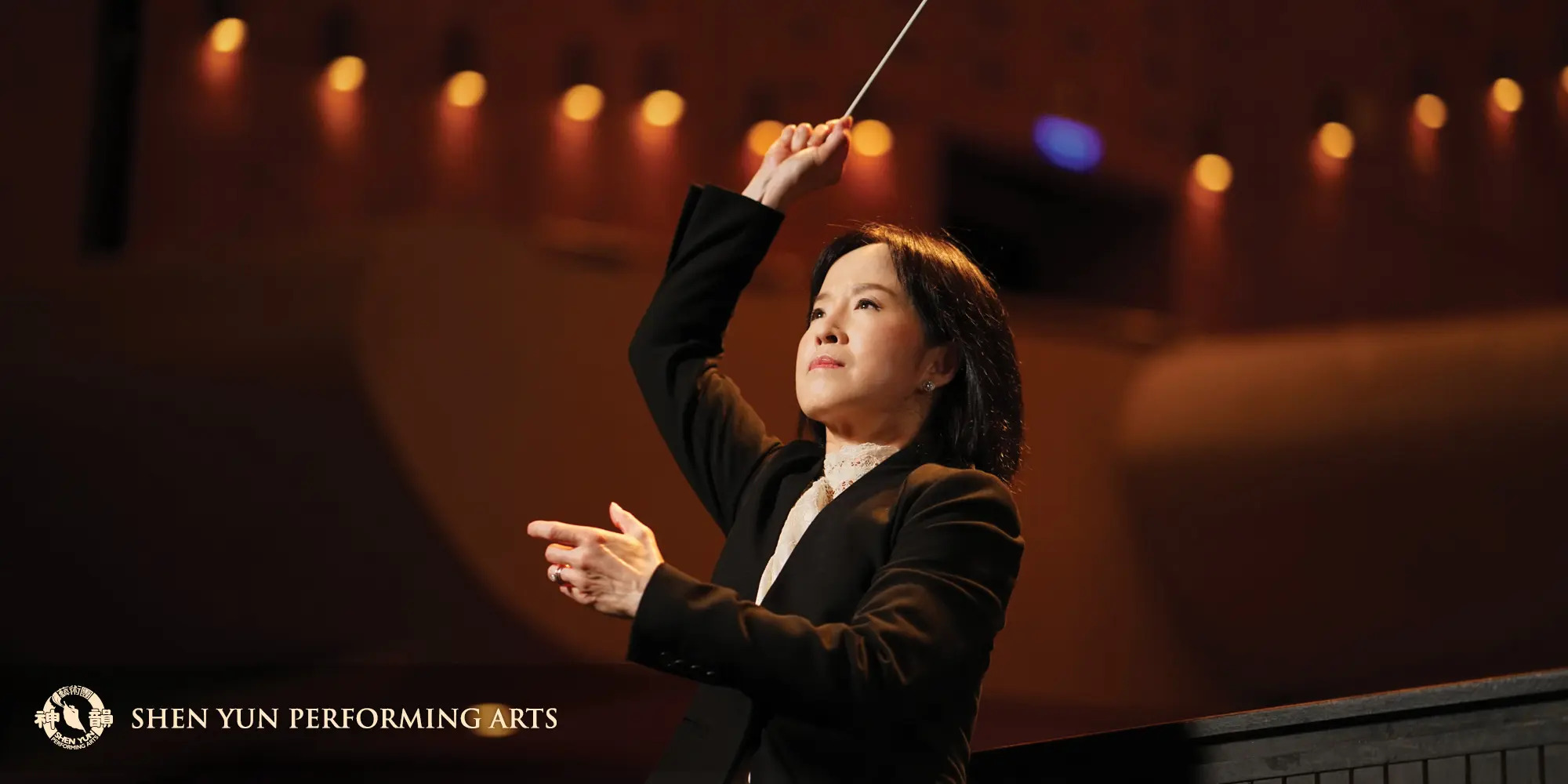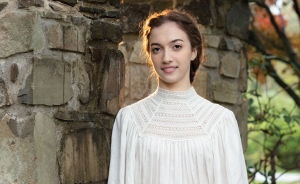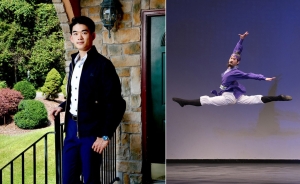Magnifissance Magazine is France and Canada's leading bilingual luxury lifestyle magazine in Chinese and English, dedicated to bridging East and West through a shared appreciation for the beauty and elegance rooted in both traditions.
Conductor Ying Chen has been with Shen Yun since its inception 16 years ago. In this interview with Magnifissance magazine, she talks about how music does much more than entertain—it also has the power to heal and inspire.
From Magnifissance's: Behind Shen Yun Orchestra’s Unique Music—An Interview With Acclaimed Conductor Ying Chen

East Meets West
Shen Yun is well known for its revival of classical Chinese dance, which naturally requires Chinese music as accompaniment. Yet this creates a challenge. “If we were to use only Chinese instruments, we’d be missing important elements of harmony, chords, and counterpoint,” Chen says.
“Generally speaking, most musical works from ancient China are monophonic—there’s only one melodic line without harmonies or second melodies in counterpoint.”
Shen Yun’s musicians have managed to overcome these obstacles by combining the precision and grandeur of the Western orchestra with the mesmerizing expressions of a few select Chinese instruments, most notably the delicate pipa (Chinese lute) and the 4,000-year-old erhu (a two-stringed instrument played with a bow).
The result is a richer, more profound experience for the listener.
A fundamental challenge arises when ensembles combine Chinese and Western instruments, requiring the artists to blend the timbres and perfectly match the intonation of instruments from two different musical traditions.
The musicians need an excellent ear, as well as the ability to produce a variety of tone colors in order to create a harmonious musical experience. Overcoming this obstacle also requires team effort.
“Creating the beautiful blend of these traditions isn’t just a matter of the individual players, of course," Chen says. It starts with an exceptional vision and the composition of the pieces. It also relates to the rehearsal process. Having imagination and creativity certainly helps too.”

Behind the Music
The music of the Shen Yun Orchestra impresses audiences not only through the beauty of performance but also through its uplifting spiritual qualities. One audience member recently said in an interview, “Shen Yun is really a gift of life. It touches the depths of the soul. No matter how you feel today, you’ll get refreshed. It’s absolutely wonderful.”
This is the type of feedback the orchestra regularly receives.
“I think it has a lot to do with the messages and values we convey,” Chen says. “I think we highlight the best of the human spirit, and at times take people to a realm where heaven and earth intertwine.”
“At Shen Yun, we aim for something we call ‘chun shan, chun mei,’ which means ‘pure kindness and pure beauty.’ This is something our performers strive for on a personal level as well as in our performance. I believe this is a major reason why audiences feel so uplifted and inspired by Shen Yun.”
“Without spirit, emotion, and the other ideas being communicated, musical notes are empty and meaningless. Spirit and meaning give music its life and soul,” Chen says.
Healing music
In ancient China, the words for music and medicine were homophones. People believed that good music had genuine healing power. Modern medical research has also shown that listening to classical music can improve memory, relieve pain, and contribute to the body’s healing process.
This is to say that music is more than entertainment. Even without words, it can communicate emotion and meaning that go beyond ordinary human thinking.
With such complexity, it may seem daunting to grasp the intricacies of Shen Yun’s exquisite music. Yet according to Chen, the best way to experience a musical performance is to just “open up your heart and mind, feel what the music is saying, and let it enrich your life!”






